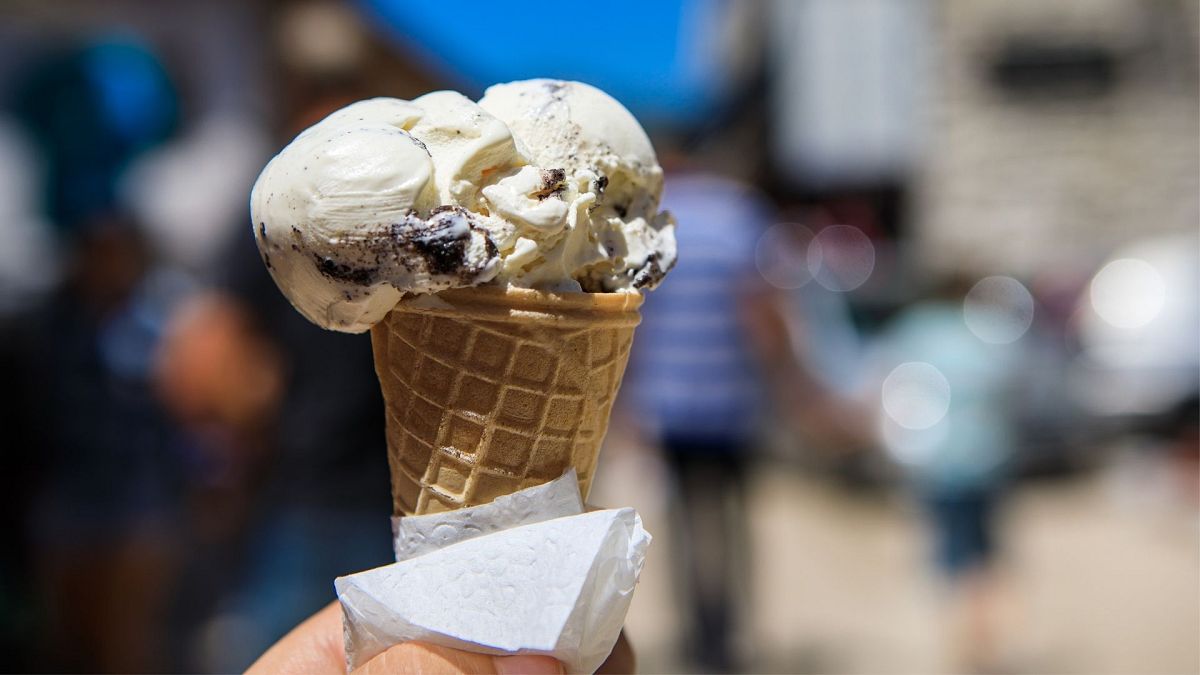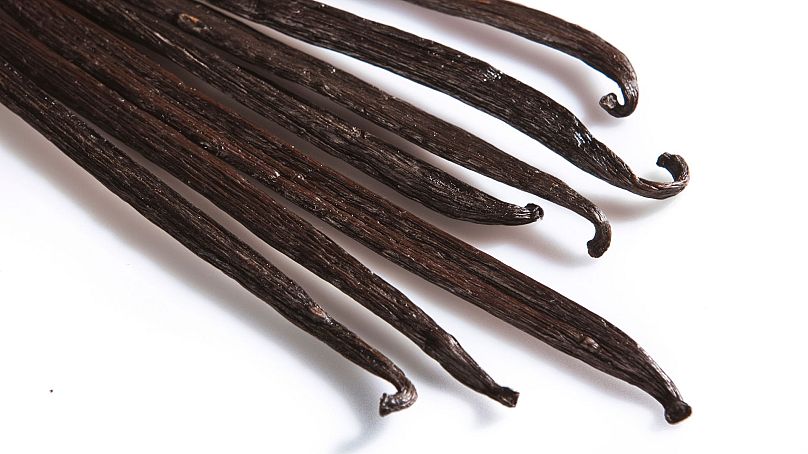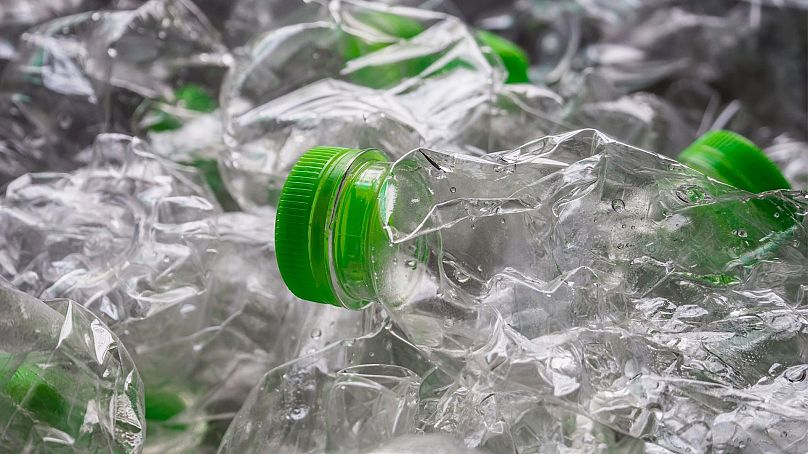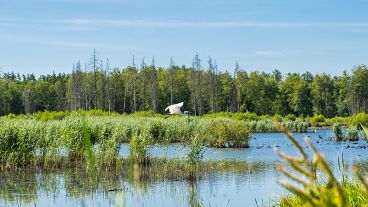Bacteria could help turn plastic waste into this classic ice cream flavouring.
Plastic from bottles and food packaging can be converted into vanilla flavouring using heated bacteria, a new study reveals.
Research from the University of Edinburgh has found that the common bacteria, E.coli can be added to “post-consumer plastic” to make vanillin, a compound found in vanilla beans.
Vanillin possesses core elements that give vanilla its classic scent and taste.
Following successful human testing, plastic-made vanillin could be used to create food flavouring, cosmetic products, herbicides, antifoaming agents and cleaning products.
Global demand for vanillin is in excess of 37,000 tonnes and is expected to hit an industry value of over half a billion euro by 2025.
The breakthrough lays the foundation for further studies to create vanillin on an industrial scale, eliminating even more of our plastic waste.
How did they do it?
There is an urgent need to develop new methods of recycling polyethylene terephthalate (PET), a strong, lightweight plastic taken from oil and gas and commonly used for single-use food and drink packaging.
Recycling PET can only break it down to its constituent parts. One of these components, terephthalic acid, has proven to be the perfect material for this experiment when combined with genetically engineered E.coli.
Scientists successfully engineered the bacteria to transform the acid into vanillin through a chain of chemical reactions.
The team were able to demonstrate that by adding a warm mixture of bacteria to degraded plastic waste, 79 per cent of the material could be converted into the flavourful compound.
They are confident the end product will one day meet standards for human consumption.
“This is the first example of using a biological system to upcycle plastic waste into a valuable industrial chemical and this has very exciting implications for the circular economy,” says Joanna Sadler, who led the study.
“The results from our research have major implications for the field of plastic sustainability and demonstrate the power of synthetic biology to address real-world challenges.”
Innovative (and tasty) recycling methods
Though PET is the most commonly recycled plastic in Europe, only 11 per cent of the content used in water bottles is currently reusable.
The team at Edinburgh hope to have made headway into changing this and will soon begin work on upping their material’s conversation rate.
“Our work challenges the perception of plastic being a problematic waste and instead demonstrates its use as a new carbon resource from which high value products can be obtained,” explains Dr Stephen Wallace, Future Leaders Fellow at Edinburgh’s School of Biological Sciences.





